Company: Facebook, Inc
CEO: Mark Zuckerberg
Year founded: 2004
Headquarter: Menlo Park, California, USA
Number of Employees (June 2020): 52,534
Public or Private: Public
Ticker Symbol: FB
Market Cap (Nov 2020): $786.63 Billion
Annual Revenue (2019): $70.697 Billion
Profit |Net income (2019): $ 18.485 Billion
Products & Services: Facebook | Instagram | WhatsApp | Oculus | Facebook Marketplace | Facebook Media | Facebook Messenger | Facebook Ads | Facebook Watch | Facebook Games | Facebook Local | Facebook Business |
Competitors: Apple in messaging| Google in advertising | Amazon in advertising | Tencent in social media & messaging | YouTube in video | Twitter | Snapchat | LinkedIn | Pinterest | Quora | Microsoft | Vkontakte |
Facebook has been a pioneer in triggering a social media revolution in the digital hemisphere. Today it has over 2 billion users worldwide, contributing to the globalization process every day. Initially exclusive to Harvard students in 2004, the site grew in popularity enough to inspire its founder Mark Zuckerberg to expand it in the public domain. The world was never the same once it hit the virtual landscape.
Regardless of the nationality, background, continent or location, as long as there is Internet connectivity present, then Facebook is always available for you to access. With the world more connected than ever, it is highly unlikely that people will ever abandon this platform even for alternative sites like Twitter, Snapchat or Instagram.
Business Model Canvas of Facebook
1. Customers of Facebook
-
Users – Facebook’s customers mostly comprise its users. Users who wish to communicate with different people and interact with those in the outside world. Facebook is now its own marketplace where users can buy and sell property like clothes and jewelry and even fundraise for their respective causes. Remote workers and colleagues working from home can use Facebook’s new Messenger Rooms that allows up to 50 people to meet virtually in a videoconference. [1]
-
Advertisers and Marketers – Brands and advertisers also form a part of its customer base that earns revenue for the company by placing offers and promotional ads.
-
Developers – The site also has its own App and Game development platform where users can play while the game developers like Zynga and Facebook both benefit.
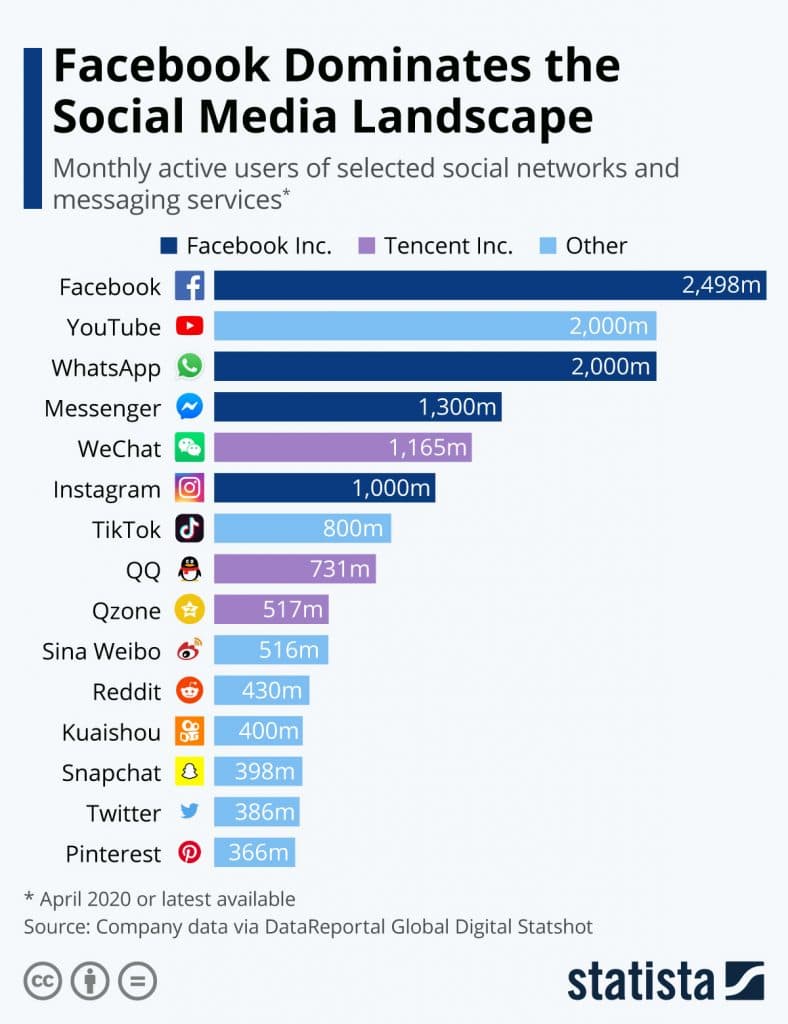
2. Value Proposition of Facebook
-
Global Connectivity – Facebook has made it its mission to spread a free medium of communication and connectivity with people across the world regardless of their nationality, religion, culture or background.
-
Sharing of ideas – It is a platform where different people can interact with each other and expose themselves to different cultures, experiences, and ideas.
-
Global Communication – Many popular critics have noted the contribution of Facebook is enhancing common understandings and pioneering efforts in the globalization movement.
-
Brand Publishing – It is a platform where you can showcase your talents as well as play games whenever you want.
-
Easy Accessibility – There is no time limit where its network is concerned. Whatever you wish to search will be delivered in your domain.
-
Business Expansion (Marketplace) – It has also become a platform to utilize your business where you can sponsor, sell or buy from either your own company or any other company.
-
Virtual reality – With the acquisition of Oculus, Facebook is trying its hand in the field of virtual reality hardware.
-
Payment infrastructure – user can purchase digital goods or applications from developers using Facebook payment services.
-
Virtual meeting rooms – Messenger Rooms allow users to create virtual meeting rooms and open for up to 50 people to join and interact just like videoconferencing. While in a room, users can swap their background for a virtual one or apply Facebook’s augmented reality filters. [2]
-
Remote work tools and groups – Facebook added remote work tools on its app to facilitate collaboration between colleagues and freelancers. It includes Workplace Rooms that offer more features for professional workers to collaborate on the network. As of May 2020, Work Groups had more than 20 million active monthly users and 170,000 active groups. [3]
-
Live-streaming – Facebook also expanded its platform with new tools that enable users to live-stream sessions and events like wedding or birthday for friends and family to attend. The live-streaming feature is also used by professionals for remote work. [4]
3. Channel of Facebook
-
Internet – The first prerequisite is the Internet for its service; Facebook operates through the Internet via Laptops, Computers, Tablets or Smartphones.
-
Website & mobile apps– Then, it makes its usage of its website and mobile app to reach more users. Through its site, Facebook allows advertisers to market their products. Many public figures and celebrities have also contributed to its channeling efforts.
-
Third party developer Tools and APIs – These are used by developers for channeling purposes as well. Other partnerships assist in these purposes in their own distinct ways depending on the agreement.
4. Customer Relationships of Facebook
-
Self Service platform – Facebook’s network and site are user-friendly and easily accessible for its users. It assists new users through its instructions to form their own accounts and identities. The users gradually get the hang of it and realize how easy it can be utilized.
-
Self-Taught Site – It is basically a self-learning site. You can expand your online visibility by finding more friends through your new profile owing to Facebook’s community building applications.
-
Global Salesforce – Facebook has an extensive global sales organization that works directly with Advertising agencies and ad resellers. Sales work to attract, retain and support advertisers.
5. Key Partners of Facebook
-
Content Creator – Key Content Partners such as Movies, TV Shows, Gaming, Music and News articles. Facebook recently signed several deals for the right to show music videos on the platform. The partnership includes Universal Music Group, Sony Music Entertainment, and Warner Music Group, which are the three largest music houses. [5]
-
Third Party – Facebook’s platform continues to create new partners for it as it grows. Mobile operating system developer (iOS, Android), credit card companies (Visa, PayPal), handset manufacturers (Apple, Samsung), and browser developers (Safari, Chrome, Firefox) have collaborated with Facebook.
6. Key Activities of Facebook
-
Platform development & maintenance – Facebook is a platform that produces a myriad of activities. One of them being its web development alongside App Development and game development.
-
Data maintenance and security – Invest in user data security and privacy.
-
Establish partnership & develop new offer – It offers other activities like projects, marketing, software development and other forms of innovation which it has been duly credited for.
-
Strategic acquisition – such as Instagram, WhatsApp, Oculus. Its most recent acquisition was a Swedish mapping start-up Mapillary that built a street-level imagery platform for creating maps using photos of members of the public. [6]
-
Maintaining government regulations – complying with laws in different countries is essential for Facebook operations.
-
Hire & retain talent
-
Sales, marketing and operations
- Sustainability – Facebook undertakes a variety of activities to attain its sustainability goals. It has invested heavily in green energy to reduce its greenhouse gas emissions and is now one of the largest buyers of renewable energy in the world. In 2019, 86% of its operations were powered by renewable energy, compared to 75% in 2018. [7]
7. Key Resources of Facebook
-
Platform – Facebook utilizes its platform as its primary resource to access more users and advertiser. The more users’ access and log in to its site the more subsidiaries it receives.
-
Network – Facebook’s network has provided limitless communication opportunities for its users despite their background.
-
Technology talent – Facebook takes immense pride in its technology and pool of talented employees. It was able to hire and retain. Thanks to its brand value.
8. Cost Structure of Facebook
-
Platform – Majority of the costs incurred by Facebook are directed in its platform that amasses millions of users worldwide.
-
Data Maintenance – Facebook incurs considerable costs from its Data Maintenance owing to how it manages, stores and protects its data, including the cost of data centers maintenance, equipment purchases, and upgrades.
-
Content acquisition cost – Facebook license and pay to content producers to increase user engagement.
-
Research and Development– Facebook focuses much of its time in the growth of its platform which demands costly investments.
-
Marketing & advertising– Facebook’s marketing strategy revolves around the audience and how it can expand that base. This tends to cost them exponentially.
-
Customer Service – Facebook values the feedback of its customers. It invests substantially in providing its services to customers who are new or require assistance in managing their accounts.
At a high level, according to Facebook’s 2018 annual report, here is a breakdown of its cost:
*Cost of revenue includes Operations expense, Datacenter, traffic and content acquisition cost, partner payment, and credit processing fees, etc.
*General & Administrative cost includes employees compensation and salaries, office maintenance, legal, HR, finance and administrative expense.
9. Revenue Stream of Facebook
How does Facebook Make Money ?
Let’s see how does Facebook make money?
Ad Revenue
The most vital money making system for Facebook is in its advertising program. Most of its revenue (99%) is generated from advertising alone. It has always supported itself by its ads and will most definitely continue down this path. In Q3 2020, Facebook’s quarterly ad revenue was $21.2 billion, up by 22.1% compared to Q3 2019. [8]
Many have begun to spread conspiracy theories that Facebook will someday begin charging its users for utilizing or accessing their site. But these have been dismissed as mere rumors and fake news.
Self-Serve Advertising
-
- With Facebook’s self-serve platform for advertising, you simply have to seek out Facebook’s “Following” page and create your own campaign of advertising.
- These advertisements can be shown on sidebars such as events, groups, profile pages, and other applications on Facebook.
- Facebook uses its advertising strictly for a target audience, which is diverse according to age, gender, and relationship lines.
- It also relies heavily on restaurants, doctors, lawyers, and many small businesses or professionals to utilize its self-service advertising to generate its revenue.
Engagement Ads
-
- Apart from their self-serve advertisements, Facebook claims additional revenue from their “Engagement Ads” as well.
- These engagement ads are placed on Facebook’s homepage and are considered as key solutions for large advertising brands.
- All user has to do is log in, and he can interact with some of these ads on the right side of the site’s homepage.
- Facebook has been working to increase its recruitment of brand advertisers.
- Some of the work has been created in the form of the Brand Lift. This product encourages large brands to test their advertising campaigns in terms of their effectiveness.
- Through this, more advertisers can utilize the product and adopt Facebook as their main campaigner.
Payment Revenue
It’s the fees that Facebook receives from the developer community or wholesalers for utilizing Facebook’s payment infrastructure. Facebook charges a fee for any business transaction on its platform, whether it be :
- Marketplace featured deals
- Sale of digital products like Zynga poker chips,
- Sale of apps from developers,
- Money transfer to friends,
- Fund Raiser’s transaction fees etc.
Sale of Oculus
Facebook sells “Oculus” Virtual Reality (VR) products and makes a small portion of revenue from its sale. It introduced Oculus Go in 2018, starting at $199 that relied on the user’s smartphone for computing, and then later launched a more powerful all-in-one headset Oculus Quest, Oculus Rift, and Rift S, all going for $399 Quest.
In Q1 2020, Facebook shipped 55,000 units of Oculus Go, 141,000 Quest units, and a combined 87,000 units of the Rift and Rift S headsets. Oculus sales contributed to the revenue of $297 million from its non-advertising businesses. It announced that it stop the sale of Oculus Go in 2020 after demand declined in subsequent quarters. [9]
Future Revenue possibilities
WhatsApp, a giant social messaging platform, is still not monetized successfully to its full potential. Facebook can potentially make a huge amount of revenue from Whatsapp in the near future. Another potential revenue stream is its Libra cryptocurrency that was launched in 2019 but has faced pushback by lawmakers from countries across the world based on the company’s history of scandals. If the Libra project is successful, Facebook can become the biggest player in digital payments in the world as an alternative global transaction system. [10]
Read: How does WhatsApp make money?
In Conclusion
Facebook is a gift that just keeps on giving. It has continued to handle controversies and competition at a safe place without losing too much in terms of revenue or public image. Although many social media platforms have risen since its establishment, they are not as commonly used as Facebook.
Many sites like Twitter and Instagram have managed to provide adequate competition, but others like SnapChat, Pinterest, Tumblr and others continue to struggle in the hopes of catching up to their competitors.
All in all, Facebook is the one that will remain constant in the long run.
References & more information
- one of the largest buyers of renewable energy in the world. In 2019Bond, S. (2020, April 24). Facebook Launches Rival To Video-Meeting App Zoom. NPR
- Newton, C. (2020, Apr 24). Messenger Rooms are Facebook’s answer to Zoom and Houseparty for the pandemic. The Verge
- Hutchinson, A. (2020, May 21). Facebook Announces New Collaboration Tools for Workplace, Including First Steps into VR Offices. Social Media Today
- Perino, M. (2020, May 19). How to find live videos on Facebook on a computer or mobile device. Business Insider
- Wagner, K. (2020, July 31). Facebook Is Set to Finally Get the Rights to Show Music Videos. Bloomberg
- Shead, S. (2020, June 19). Facebook buys start-up in the latest push to take on Apple and Google at street-level mapping. CNBC
- Pierce, D. (2020, July 7). Facebook’s closer to its sustainability goals, but not quite there. Protocol
- Johnston, M. (2020, Nov 5). How Facebook Makes Money. Investopedia
- Rodriguez, S. (2020, June 23). Facebook cancels its cheapest VR headset to focus on pricier, more powerful models. CNBC
- Feiner, L. (2020, April 16). Facebook’s vision for a new cryptocurrency gets watered down as it attempts to woo regulators. CNBC
Tell us what you think? Did you find this article interesting? Share your thoughts and experiences in the comments section below.

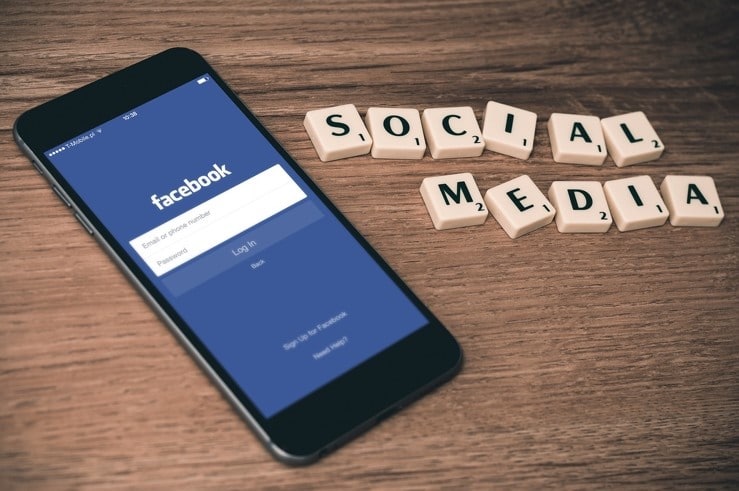
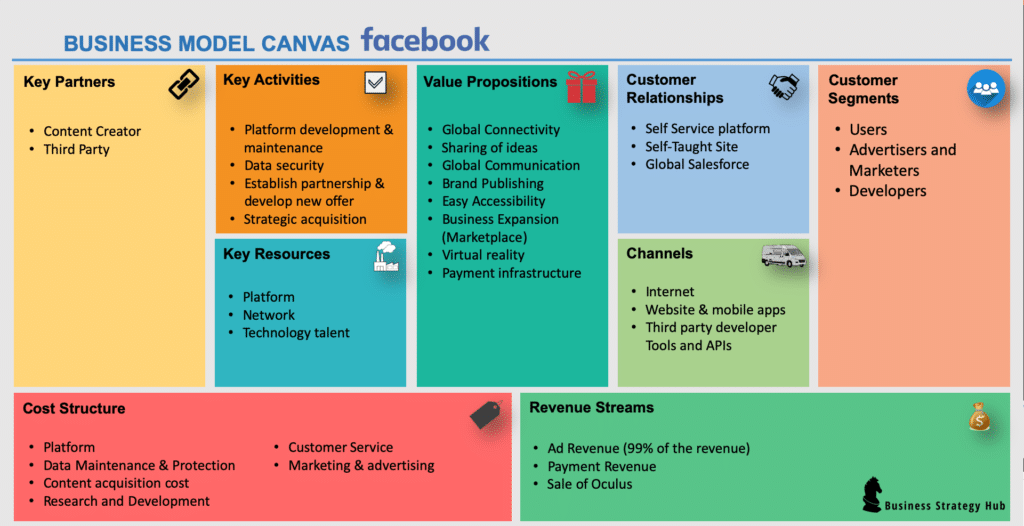


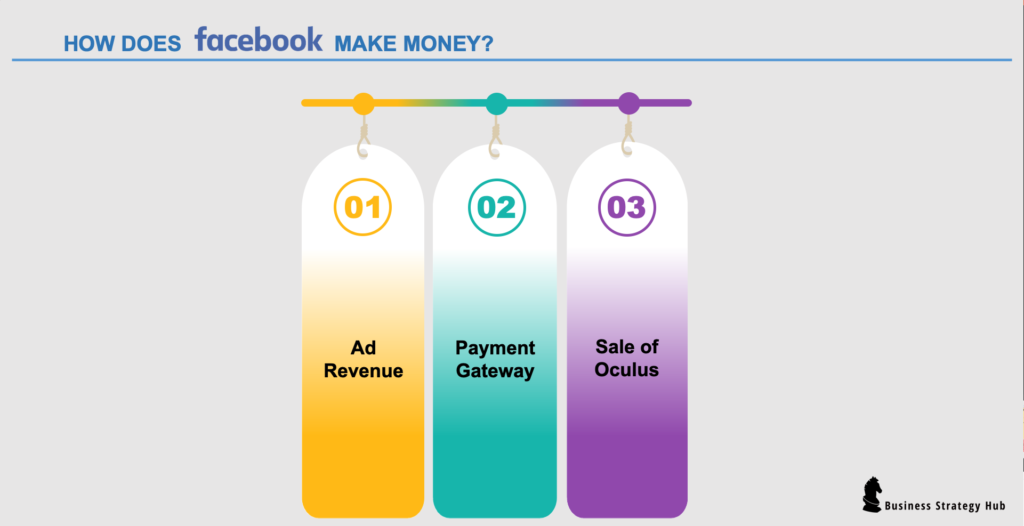


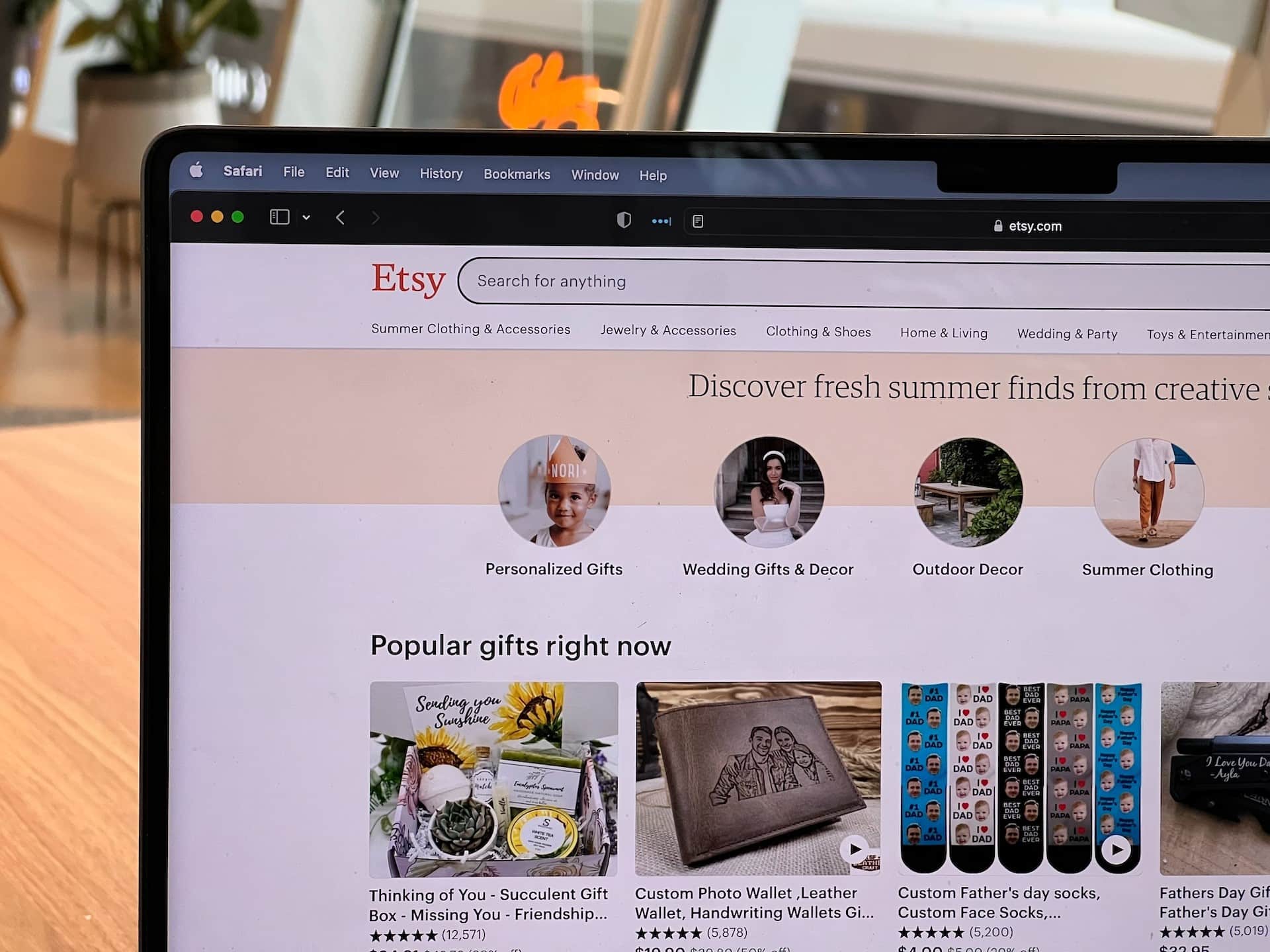
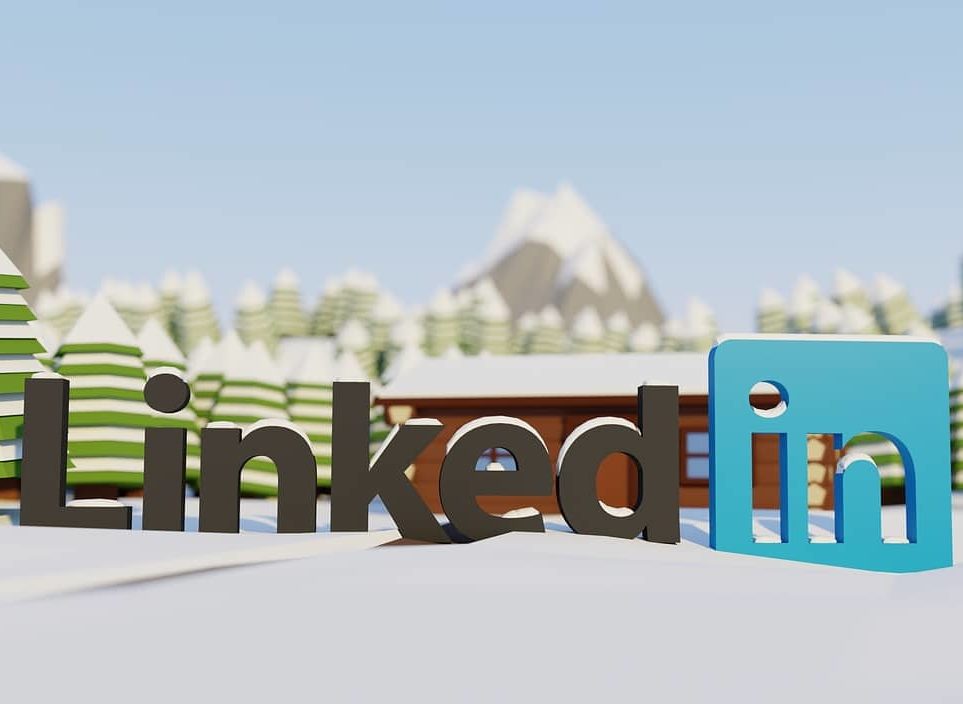





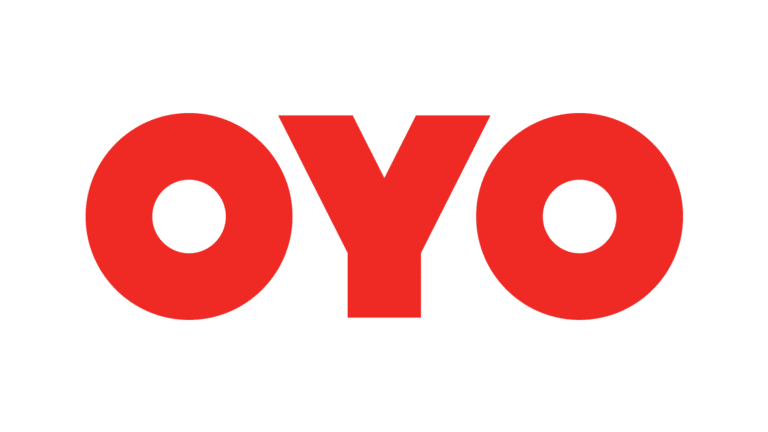
Add comment